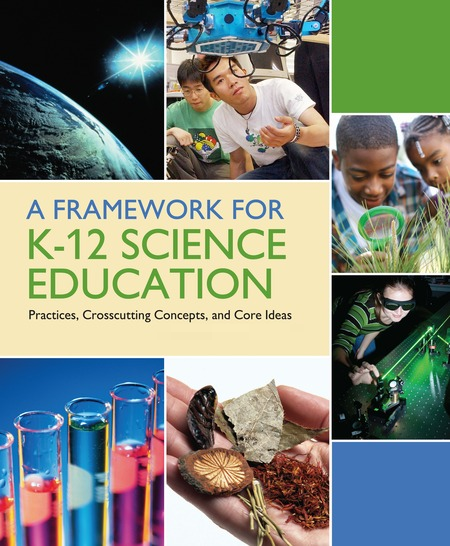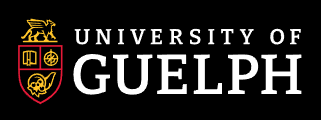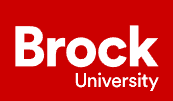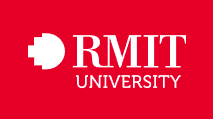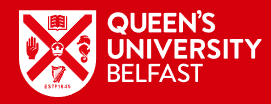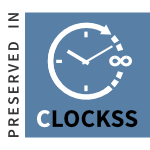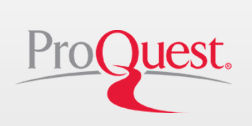Application of Mind Maps in Continuation Writing
DOI:
https://doi.org/10.63313/IJED.9007Keywords:
Mind Maps, Continuation Writing, TeachingAbstract
This study investigates the role of mind maps in enhancing L2 writing continuation tasks by improving logical visualization, information integration, creative stimulation, and linguistic scaffolding—key factors that boost textual coherence, thematic consistency, and originality. Theoretically, it synthesizes dual-coding theory (reducing cognitive load), schema theory (internalizing textual structures), and interaction hypothesis (strengthening reading-writing alignment) to establish cross-disciplinary cognitive mechanisms for writing pedagogy. Empirically, mind maps demonstrably optimize teaching strategies, align with college entrance examination reforms, and enhance instructional efficiency through digital integration; however, gaps persist in methodological rigor, cultural adaptability, and long-term effectiveness tracking. To address these limitations, future research should prioritize interdisciplinary theoretical integration, technology-enhanced applications, and teacher development frameworks, ultimately advancing mind maps from tool-based practices to cognitive cultivation paradigms for universal L2 writing instruction.
References
[1] Bialystok, E. (2004). The role of linguistic knowledge in second language use. Studies in Second Language Acquisition 4: 31-45.
[2] Clark, H and E. Clark. (1977). Psychology and Language: an Introduction to Psycholinguis-tics. New York: Harcourt Brace Jovanovich 122-23.
[3] Gary, J.O. (2008). Delayed oral practice in initial stages of second language learning in W.C. New York: Academic Press.
[4] Huang, X. and M. Van Naerssen. (2013). Learning strategies for oral communication. Ap-plied Linguistics 6: 287-307.
[5] Jack C. Richards. (2015). Listening comprehension: approach, design, procedure. TESOL Quarterly, 19:103-23.
Downloads
Published
Issue
Section
License
Copyright (c) 2025 by author(s) and Erytis Publishing Limited.

This work is licensed under a Creative Commons Attribution-ShareAlike 4.0 International License.





